While there are a multitude of recipes already available on here, I thought it might be helpful for beginners to have some research materials or guides available to them— specifically for different cuts of meat. It’s important to be familiar with the different cuts of meat as the price and flavor vary! There are obviously quite a few different types of meat, so we will have to break it down some.
Today’s focus is gonna be on beef. This post is going to focus on what part of the cow the cut comes from and what kind of flavor it will have. In the future, we can discuss how each cut cooks differently!
Pricing key:
$ – Under $10/lb
$$ – Between $10 – $15/lb
$$$ – Between $16 – $20/lb
$$$$ – Over $20/lb
Top Sirloin $$
Top sirloin is an extra lean version of sirloin. It’s flavorful and a little tender, but most importantly it’ll be easier on the wallet than the other high quality steaks.
**Cut from sirloin area.
New York Strip $$$
The New York strip, sometimes known as a Kansas City strip, typically comes without a bone. There will be a fatty edge on one side of the steak, which gives it a lot of flavor, but overall it should be pretty lean and tender.
**Cut from top loin.
Rib-Eye $$
Rib-eyes can come either bone in (known as rib steak) or boneless and has quite a bit of fat marbling. This is going to have the beefy-est taste, as weird as that sounds, and is ultimately super tender and juicy!
**Cut from center rib portion.
Filet Mignon / Tenderloin $$$$
Filet mignon is going to be the most tender cut of the cow, as it comes from a section that hardly gets any use, and is also the most expensive. This cut is boneless. It isn’t the most flavorful option, many people wrap theirs in bacon in order to add some taste, but it is so tender it will melt in your mouth!
**Cut from tenderloin, right under the ribs.
T-Bone / Porterhouse $$$
The T-Bone and porterhouse steaks are very similar. Each is two steaks in one; one side being a New York strip and the other being tenderloin (filet mignon). The porterhouse is going to have a larger portion of tenderloin than the T-Bone. Both steaks are going to be a thick cut of meat with the best of both worlds: one side is going to be full of a beefy flavor while the other is going to be the most tender cut around.
**Cut from short loin and tenderloin.
Triangle Steak $
Triangle steak, or tri-tip steak, is very popular in barbecuing due to it’s big flavor and low fat content, while still sporting a low price tag. This cut of steak is most poplar in California and therefore has the nickname “Santa Maria”.
**Cut from bottom sirloin.
Flank Steak $
Flank steak, very similar to skirt or hanger steak, is actually my go-to. I think there is more flavor than with a typical steak, and there is actually a lot less calories and fat. It is going to be a little less tender, though it makes up for it by saving you a few dollars.
**Cut from bottom plate.
Chuck Steak $
Chuck steak, similar to flat iron steak, is typically sold as ground beef or stew meat. It could even be a roast. Typically, chuck steak has a good flavor but can easily become tough. It’s pretty cheap.
**Cut from area near shoulder bone.
Beef Brisket $
Beef brisket contains a lot of connective tissue since it comes from a part of the cow that supports most of it’s body weight, which means when cooked it needs to be tenderized which is why brisket is so often slow cooked or smoked.
**Cut from breast or lower chest.
Keep in mind that while the cut of a steak is a good indicator of quality, there are a lot of other factors to think about. Beef is always given quality grades (Prime, choice, and select) based on carcass maturity, firmness, texture, color of lean, and amount of marbling within the lean. You can view more details on how beef is graded here.
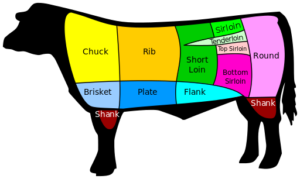
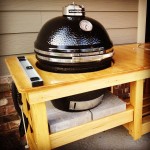
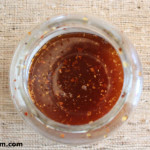
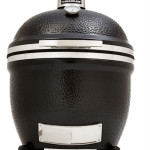
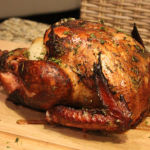
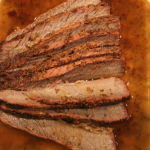
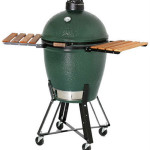
Leave a Reply